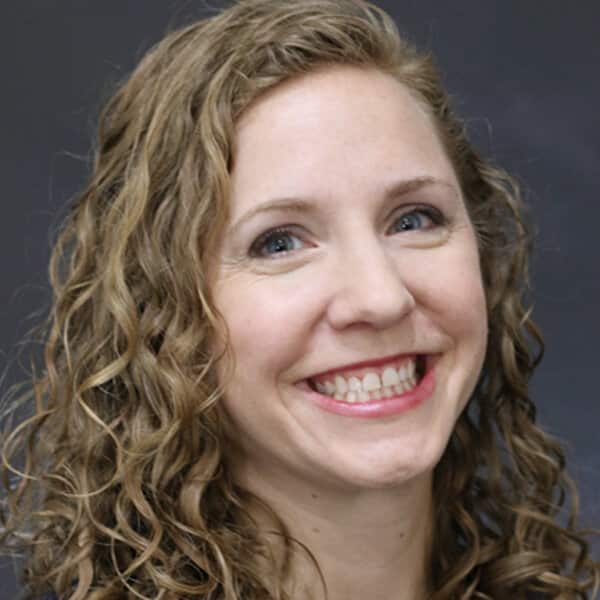When Diversity Comes Under Fire
Idaho, Tennessee, and Michigan are just a few places where diversity and inclusivity practices on the campuses of public universities have come under criticism. In two cases it was state legislators who took the programs to task, and in another a faculty member filed complaints with the U.S. Department of Education for discrimination against men.
Just a few months ago hundreds of students from Boise State University rallied at the state capitol after 28 state legislators sent a letter to all Idaho universities calling for an end to diversity and inclusivity programs designed to increase academic success.
In Tennessee some state lawmakers threatened to cut funding at the University of Tennessee and called for the resignation of the university’s chancellor and vice chancellor for diversity and inclusion after the Pride Center offered guidelines on gender-neutral pronouns and the diversity office offered tips on inclusive holiday parties.
And at the University of Michigan–Flint, a professor of economics filed more than 50 complaints for discrimination against men, arguing that women-only spaces are discriminatory and that diversity, equity, and inclusivity plans were flawed, too expensive, and an example of administrative bloat.
On the flipside, two university presidential searches led to protests, and in one case a failed search, after students and faculty raised concerns. At the University of Colorado protests centered around a finalist’s previous positions against same-sex marriage, and at the University of South Carolina an interim president was named following complaints about all 11 external candidates being men.
So what tools and resources are available when inclusivity gets challenged and efforts to fund and invest in diversity and equity programs are criticized? Surprisingly, there are many, and they are varied, wide-ranging, and in most cases freely available. From national statistics and federal education recommendations, to web resources and campus-specific programs, being prepared to inform and educate others in defense of diversity, equity, and inclusivity on campus need not be overwhelming.
Inform with Facts
- Straight from the National Center for Education Statistics, campuses are dramatically more diverse that they were in 1965, when about 94% of U.S. college students were white and 61% were men. Today, 59% are white and just 43% are men.
- It can pay to work toward inclusivity, as Oregon State University learned last year when it received a $1 million grant to aid teachers with replacing traditional lecturing in favor of a combination of active learning strategies and culturally responsive teaching practices that improve and equalize student success.
- New students want to know their campuses are reflecting diversity, and one investment to do that is at California State University–Northridge, where a $130 million student union addition and renovation will include a new
Center for Unity, Race, Intersectionality, Social and Environmental Justice. - The U.S. Department of Education has issued a number of specific recommendations regarding inclusivity. They include that universities should allocate resources to provide support for minority and first-generation students; they should create “venues for safe and open dialogue on issues of race and discrimination,” they should make creating a diverse faculty and staff a priority, and that faculty, staff, and students be trained on how to support diverse populations and address implicit bias.
- Canada marked an inclusivity milestone last year when it changed its national anthem to become gender-inclusive, revising the lyrics “True patriot love in all of thy sons command,” to the gender-neutral “in all of us command.”
Resources for Education
- There are a number of public education programs and centers based out of universities that provide resources and promote tools to address discrimination, bias, and inequity. A few are the Center for Research on Learning and Teaching at the University of Michigan, Brown University’s Sheridan Center for Teaching and Learning, and Washington University in St. Louis’ The Teaching Center, which offers information on reducing the phenomenon of stereotype threat. The Sheridan Center offers information on inclusive mentoring and evidence-based strategies for promoting inclusivity, and the University of Michigan center has a program on promoting cross-cultural group work.
- @SafeZoneProject is an example of a free online resource with curricula and activities for creating LGBTQ* workshops and ally trainings. #inclusivity is an Instagram account immersed in reflections on the richness of diversity and inclusivity; #racism is a busy account reminding followers about the challenges and successes of overcoming racism.
- Consider both contracted and in-house diversity specialists as expert sources for programming, workshops, and training sessions. Many universities now have diversity and equity officers and the National Association of Diversity Officers in Higher Education, founded in 2007, is a resource for facilitating changes at campuses that don’t. Private consultants like Columinate, a national consulting cooperative, can offer unique, holistic programming at a fee.
Taking Action
- It is important that a campus establish a preferred name policy, and it’s just as important to be sure faculty, staff, and students get in the habit of modeling pronoun sharing. Modeling is welcoming and avoids assumptions being made about student gender identities.
- Create safe zones and then conduct regular safe zone trainings that introduce the concepts, terminology, and resources related to sexual orientation, gender identity, and gender expression.
- Offer access to intercultural development inventories and conduct intersectionality
trainings and workshops on interrupting racism and colorism. - Try unique public events like an inclusivity mixer that connects students with employers who’ve been identified as committed to inclusion. Popp Martin Student Union at the University of North Carolina–Charlotte will be having its fourth annual inclusivity mixer this year.
- Campuses are beginning to reckon with their racist past, and one example is Georgetown University’s decision to give preferential treatment for admissions to descendants of 272 enslaved people whose sale the university profited from almost 200 years ago.
- An aspect of the Third Space phenomenon is Make Space, a group of American Muslims rethinking the mosque from an inclusivity perspective that takes into account three demographics: women, youth, and converts/new Muslims.

